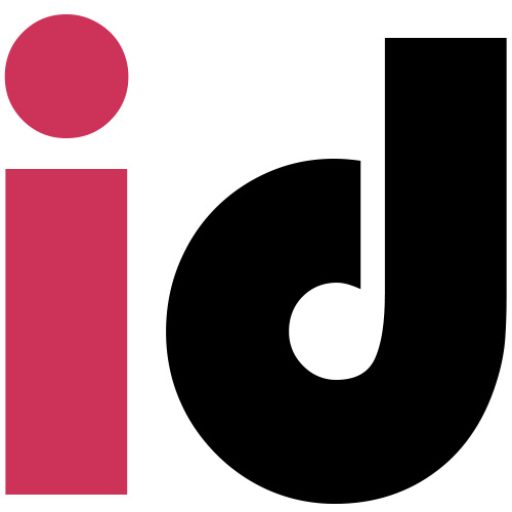Traditional Publishing vs Self-Publishing
Writing a book is a great achievement, but what do you do when it actually comes to publishing your book? Nowadays, many options exist for authors looking to publish their books, which can become confusing, especially with all the self-publishing services.
We look into the two main ways, which are both rather popular with authors of today: Self-publishing vs traditional publishing.
Both are good ways to publish a book, depending on your skill set.
One may suit one author willing to put time and energy into learning new skills, such as how to form a book, whereas the other will suit another who wants to focus more on the writing and doesn’t want to get involved with any design.
There is no right or wrong way to get your book out in the market; all that matters is you get what you set out to achieve.
Traditional Publishing
With traditional publishing, the author completes a manuscript and sends a book proposal along with the manuscript to a publishing house or agent. If the manuscript is first sent to an agent, they will then send it on to potential publishers for the author, that is, if they accept to take on the manuscript. Within a publishing house, an editor will read the manuscript and decide whether or not it is worth publishing.
If a publisher decides to publish the author’s work, they will have the author’s rights and may pay them an advance for any future royalties.
Royalties are the percentage the author gets from the retail price of their book.
The publisher will then sort out all book elements, including how the book is formatted, design, marketing and price.
Pros
- It gives you the confidence that your writing is good enough to be published.
- Easier to get your books in stores and shops.
- Have a professional team to back you.
- Literary prizes are more likely.
Cons
- Publishers take a percentage of your book sales.
- Slow process.
- Don’t have much control over the process.
- Only take on work that they believe is good enough.
- Low royalty rates.
Self-Publishing
This type of publishing is a little different. With Self-Publishing, the author is the publisher. The author has full responsibility for the book, from proofreading to designing, to creating an author website, to selling. The author is in charge. The author can employ people/Companies to do such things with the book, but all funding must come from the author, or in some cases, authors may take part in events such as crowdfunding.
Pros
- Having control over the whole process, formatting, design, marketing, creating an author website, and distribution is down to you.
- The possibility of making more money.
- Publishing houses are likely to take more notice of self-published books.
- Typically keep all royalties.
Cons
- Difficult, lots of learning for formatting, design and marketing.
- Sometimes isolating, long hours spent on your computer learning new processes.
- You may find bookshops won’t accept self-published books; if they do, it may be a longer process to get them stocked.
Thoughts on Traditional Publishing vs Self-Publishing
We posted a poll up on our social media to see what our followers, both authors and publishers, thoughts were on the different routes of publishing. Whether they preferred Traditional or Self, the results showed there to be a 50/50 split.
One of our most loyal and long-standing customers, Goylake Publishing posted an interesting comment: “We think that books published by independent publishers and authors offer readers greater variety in subject matter and story structure. It is argued that traditional publishers act as ‘gatekeepers’, but we would respectfully suggest that readers should be trusted with that role. Self-publishing has a long tradition – Dickens self-published some of his titles, while many modern, well-established authors are now choosing the self-published route. As readers, we look for good books, regardless of the publisher, and we believe this trend is common amongst modern readers and will continue.”
Conclusion
Both traditional publishing and self-publishing offer distinct advantages.
If you’re driven and prepared to handle your book’s formatting, marketing, and sales, then self-publishing could be a good option. Conversely, going for the traditional publishing route may be better if you have the luxury of time and seek additional support.
It’s crucial to understand your goals and your willingness to achieve them precisely.

